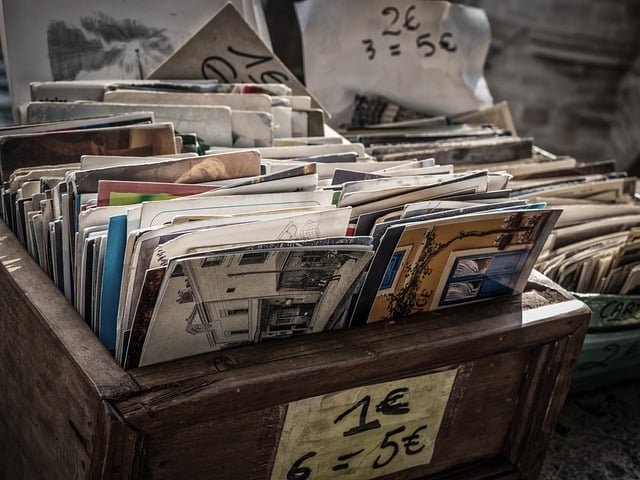Collectibles: Understanding Vintage, Antiques, Toys, and Electronics
Collecting spans material culture, nostalgia, investment interest, and personal taste. Collectibles can be small or large, common or rare, inexpensive or valuable, and they often reflect historical context, design trends, and manufacturing methods. Whether you inherit items or actively hunt for finds, understanding how collectors classify and value objects helps you make informed choices when buying, selling, or preserving pieces.

What is a collectible and why people collect
A collectible is an object gathered because of its perceived value, rarity, sentiment, or historical significance. Collecting motivations vary: personal nostalgia, aesthetic appreciation, historical interest, and potential financial return. Collectibles can be mass-produced items that become rare over time or one-of-a-kind artifacts. Documentation, provenance, and condition strongly influence how others perceive value. Knowing the reason behind a collectible’s appeal helps collectors prioritize storage, conservation, and research.
How to evaluate vintage items and antiques
Vintage generally refers to items typically 20–100 years old, while antiques are commonly defined as items over 100 years old. Evaluation focuses on age, maker or brand, condition, completeness, rarity, and provenance. Look for maker’s marks, serial numbers, labels, and catalog references. Condition grading (from mint or near-mint to poor) affects value significantly; restoration can both help and harm worth depending on context. Research using reference guides, auction records, and specialist catalogs improves accuracy when assessing vintage and antiques.
What matters for collectible toys
Toys are a major collectibles category because they reflect cultural trends, childhood memory, and design evolution. Important factors are original packaging, completeness (accessories and instructions), rarity, production variants, and condition. Licensed toys tied to films, comics, or franchises may have additional market interest. Reissues and reproductions exist, so verify markings and manufacturing details. For play-wear items, careful documentation and conservative conservation preserve value better than aggressive cleaning or modification.
Why electronics become collectibles
Electronics—radios, calculators, video game consoles, and early computers—are collected for design, technology milestones, and nostalgia. Working condition often raises desirability, but original packaging, manuals, and accessories also matter. Electronics present preservation challenges: batteries, capacitors, and obsolete components can degrade. Safely storing devices in stable environments and documenting serial numbers or firmware versions supports long-term value. Specialized forums and repair communities can help identify parts and restoration best practices without making unverified promises about future values.
Where to buy, sell, and find local services for collectibles
Sourcing and selling collectibles occurs online, at auctions, estate sales, antique fairs, and through local services such as appraisers, consignment shops, and restoration specialists. When using local services in your area, seek established appraisers who follow recognized standards and provide written condition reports. Compare online marketplaces by listing rules, fees, and buyer protections. For fragile or high-value items, professional packing and insured shipping reduce risk. Networking with local collector clubs and attending shows provides hands-on learning and reliable contacts.
Collecting involves balancing emotion, research, and practical care. Understanding classification, evaluating condition, and using reputable channels for buying or servicing items helps collectors preserve cultural value and make informed decisions. Whether you collect vintage clothing, antiques, toys, or electronics, consistent documentation and cautious conservation practices support long-term enjoyment and clarity about an item’s history.






